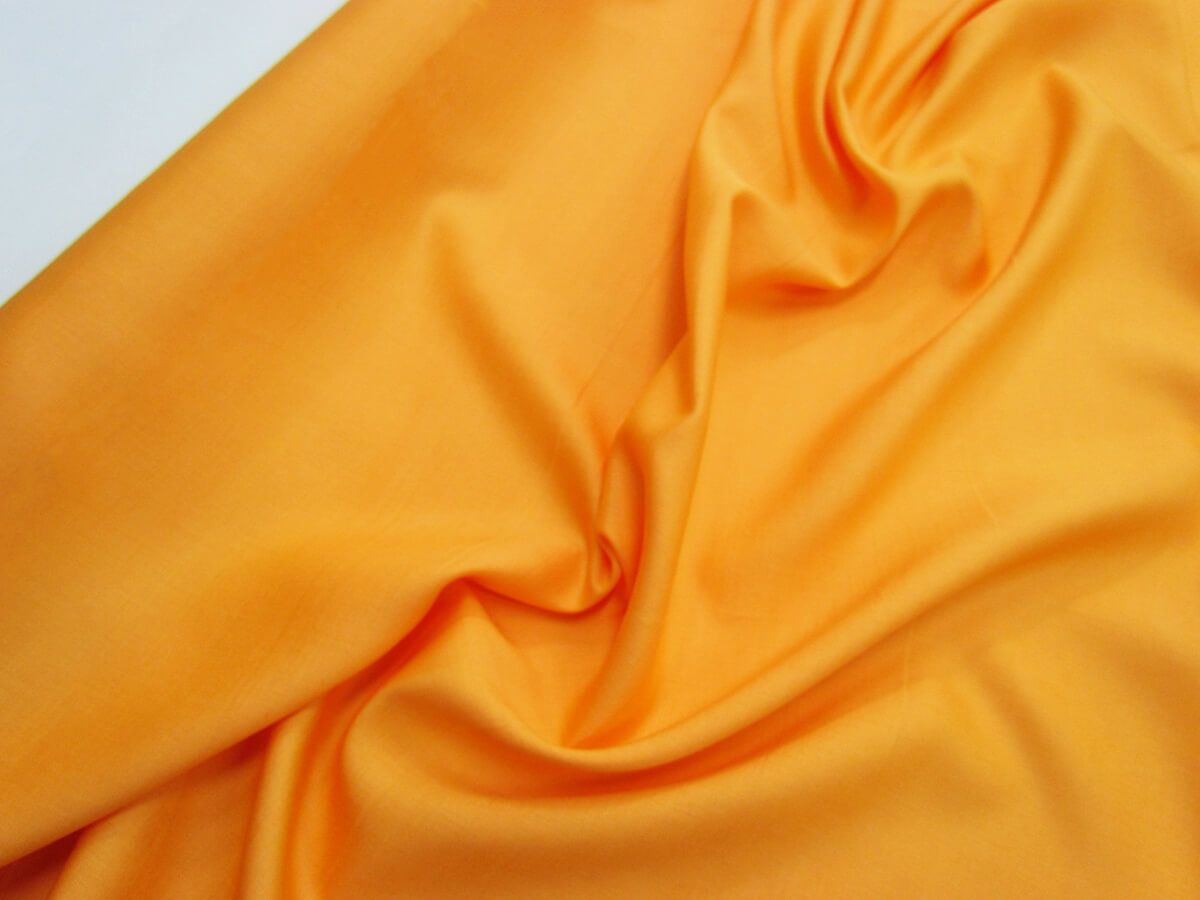All About Viscose

What is Viscose?
Viscose is type of semi-synthetic cellulose fiber made from natural materials, typically wood pulp, through a chemical process. It has a soft, smooth feel and drapes well, making it a popular choice for clothing and textiles. Viscose can be produced to imitate the look of silk or cotton, which is why it has become such a popular choice for fashion designers at all price points.
The history of viscose
Viscose was invented in the late 19th century. The exact year of its invention is widely considered to be 1891, when British chemist and inventor Charles Frederick Cross, together with English chemist Edward John Bevan and Belgian chemist Claudius-Louis-Leonard Meldola, patented the process for producing viscose fibers.
Why is viscose a popular fashion fabric?
-
Softness and Drapability: Viscose has a soft, smooth feel and drapes well, making it a popular choice for clothing and textiles that need to have a soft, flowy look.
-
Versatility: Viscose can be produced in a variety of weights, finishes, and colors, allowing for versatility in its use for different types of clothing and textiles.
-
Affordable: Viscose is less expensive than many natural fibers, such as silk or cotton, making it a cost-effective option for fashion.
-
Eco-Friendly: Viscose can be produced from sustainable and renewable resources, such as wood pulp, making it a more environmentally friendly option than synthetic fibers produced from petroleum-based materials.
Overall, the softness, drapability, versatility, affordability, and eco-friendliness of viscose make it an attractive choice for the fashion industry.
Is viscose a sustainable fabric?
Viscose can be considered a somewhat sustainable fabric, as it is produced from cellulose, which is a renewable resource, and its production process is less resource-intensive compared to some synthetic fibers.
It's a more sustainable fabric than fully synthetic fabrics like 100% polyester or nylon, but there are better choices such as linen and cotton which don't undergo the same chemical processes as are used in the production of viscose.
All of the viscose fabrics that you will find in store and online at The Remnant Warehouse have been sourced as remnant rolls, commonly known as 'deadstock' fabrics from Australian designers, fashion labels and manufacturers. This means that you are buying fabrics that have already been produced some time ago and using what would've otherwise gone to waste.
Where to buy viscose fabrics?
The Remnant Warehouse stocks viscose fabrics both in store and online. You can visit our shop in Sydney at 494 Botany Road, Alexandria. We are half way between Sydney CBD and Sydney airport, easily accessible by bus or a 1km walk from Green Square station. We have street parking available (check signs for clearway times) also. When ordering online, we ship our silk fabrics all over the world. You can also order samples of our silk fabrics to feel the fabric first before committing to larger cuts.
Where do our viscose fabrics come from
All of our viscose fabrics are deadstock viscose - meaning they have come in as excess or remnant rolls from designers at the end of their production runs. Their original origins could be Italy, China, Japan, Korea to name a few - we often don't receive the original manufacturer's documentation for fabrics that come in as remnants, but if we do have this information for a fabric we will always list it online.
What is the difference between viscose and rayon?
Rayon and viscose are two terms that are often used interchangeably, but they are not exactly the same thing.
Viscose is a type of cellulose fiber that is produced by dissolving wood pulp in a chemical solution and then regenerating the cellulose fibers. Viscose is a raw material used in the production of several types of fibers and fabrics.
Rayon, on the other hand, is a specific type of fabric made from viscose fibers.
In summary, viscose is a type of fiber, while rayon is a type of fabric made from viscose fibers.
What are some popular viscose fabrics?
Viscose is a lovely fabric to wear, some of the popular viscose fabrics include viscose satins which is a viscose fabric that is woven with a satin weave, or viscose crepe fabrics, which create a beautiful textured fabric by twisting the viscose fibres. You can also get viscose knit fabrics, in the form of viscoses jerseys and viscose spandex fabrics. We have categorised our viscose fabrics further for woven viscose fabrics into printed viscose and plain viscose fabrics.
What do viscose fabrics feel like to wear?
Viscose fabrics have a soft and smooth feel, similar to natural fibers such as silk or cotton. They tend to have a nice drape, making them comfortable to wear.
Viscose fabrics can be blended with other fibers, such as cotton, linen or polyester, to improve their durability, wrinkle resistance, and other properties. The final feel of the fabric depends on the composition and finishing of the fabric.
How to care for viscose fabrics
Viscose fabrics require special care to maintain their appearance and quality. Here are some guidelines for caring for viscose fabrics:
-
Wash: Viscose fabrics should be hand washed or machine washed on a delicate cycle in cold water. Avoid using harsh detergents or bleach, as these can damage the fibers.
-
Drying: Viscose fabrics should be dried flat where possible to avoid the fabric from warping or changing shape. Do not wring or squeeze the fabric when wet. Viscose fabrics are more delicate when went. Avoid tumble drying, as high heat can shrink the fibers.
-
Ironing: Viscose fabrics can be ironed on a low heat setting (for example, the synthetics setting on your iron) on the reverse side of the fabric, but it's best to avoid ironing, if possible, as high heat can cause damage to the fibers. Steaming is a good option for viscose fabrics.
-
Dry Cleaning: Viscose fabrics can be dry cleaned, but it is recommended to choose a professional cleaner who is experienced in handling delicate fabrics.
-
Storage: Store viscose fabrics in a cool, dry place, away from direct sunlight and heat. Fold the fabrics carefully to avoid creasing
Please note that these laundry tips for viscose fabrics are general in nature and may not be suitable for your particular viscose fabric. As all of our viscose fabrics come in as remnants from fashion designers they don't normally include their original manufacturer tags, so we cannot guarantee any care or laundry instructions for our fabrics.
